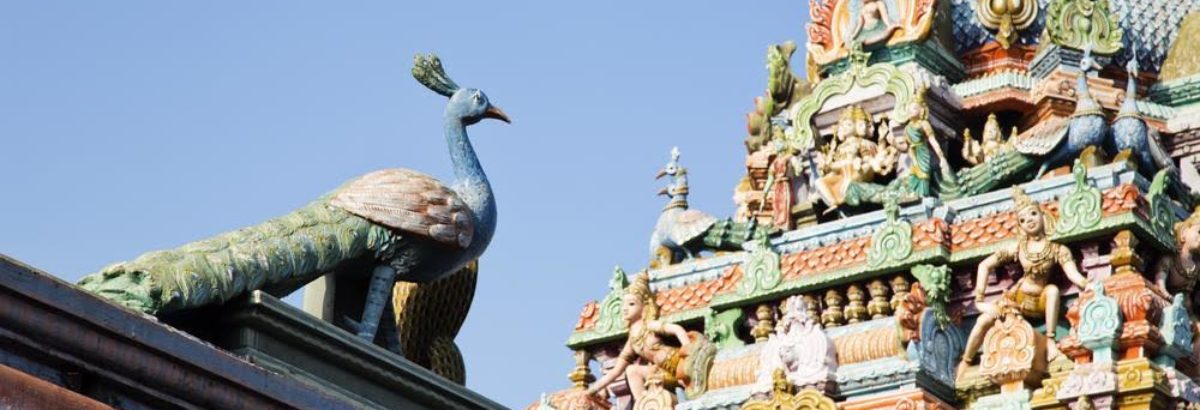Namaste all .
Today Ratha Saptami, also known as Maagha Saptami.
It is not only a Hindu Festival, but also a Universal Festival.
This falls on the 7th day of Maagha Month according to Hindu calendar.
Ratha Saptami is celebrated two days after Vasant Panchami i.e. Basant Panchami . The 7th day of Maagha month also marks the birth of Surya, hence its also celebrated as Surya Jayanth. Ratha Saptami marks the birth of Surya to Saga Kashyapa and his Wife Aditi.
The first and foremost of the nine planets is Surya, the Sun. He has two arms, and carries lotus flowers in each hand. On his head He has a beautiful golden crown. A gem-studded necklace adorns his neck. He sits on a lotus throne and rides a chariot drawn by seven horses.
Surya is as powerful as Brahma. The world arises from Sun and resides within Sun. Surya is like Brahma, Vishnu and Maheshwara.
To receive the blessings of Surya, one must make an offering to Him everyday, read or listen to Harivamshpurana and wear ruby in a ring. Devotees must given wheat, jaggery, copper, gold and red fabric in charity.
Ratha Saptami is sybolically represented in the form of Surya turning His Ratha i.e. chariot drawn by seven horses, with Aruna, the Charioteer, towards the northern hemisphere, in a north easterly direction. The seven horses represent the seven colours of the rainbow, they are also represent the seven days of a week starting with Sunday.
The chariot has 12 wheels, which represents the 12 signs each of 30 degree of Zodiac ie. 360 degrees, named samvatsara. also the 12 months.
The Sun’s own house is Leo i.e. simha and He moves from one house to the next every month and the total cycle takes 365 days to complete.
This festival seeks the blessings of Lord Surya Narayanamoorthy.
Adityahridayam, Gayathri manthram, Suryashtakam, Surya Sahasranamam are the important prayers offered to the Lord Surya on not only this occasion but also on every sunday.
Om Sri Suryanarayamoorthaye namaha.
— V.Meenakshi Jayakumar
